Changing understanding
Ever since prehistory human beings have been trying to record and predict the movement of celestial bodies.
Indigenous cultures around the world have long performed astronomical observation with the naked eye, using them for navigation, timekeeping, agricultural planning, spiritual and religious practices. Many star charts have been discovered, which reveal clear efforts to map the night sky and learn more about the mechanics of our universe. As early as the 6th century BCE, ancient Greek philosophers documented evidence that Earth was a sphere. They noted that the night sky looked different when seen from various locations on Earth, hinting at the planet's curved surface. They also observed the round shadow of Earth on the Moon during lunar eclipses. These philosophers were even able to calculate the circumference of Earth quite accurately. In the year 185, Chinese astronomers became the first to document a supernova.
Before the 16th century, Earth was commonly thought to be at the centre of the solar system, with all other celestial objects revolving around it. This is known as the geocentric model. This theory, however, did not match observations made by astronomers, such as the path of planets that appeared to move backwards in their orbits. In 1543, Polish astronomer Nicolaus Copernicus proposed a heliocentric model of the solar system in which the planets orbit the Sun. This model explained the unusual path of planets that astronomers had observed. The new theory was one of many revolutionary ideas about astronomy that emerged during the Renaissance period.
These works faced opposition from the catholic church, as they violated the holy scriptures, which placed the Earth in the middle of the Universe.
The work of astronomers Tycho Brahe and Johannes Kepler led to an accurate description of planetary motions and laid the foundation for Isaac Newton's theory of gravitation. This progress dramatically improved humanity's understanding of the universe. Their observations and investigations were strengthened by the invention of the telescope in the early 17th century. Italian astronomer Galileo Galilei popularized the use of telescopes to study and discover celestial objects, including Jupiter's four biggest moons. In his honour, they are known as the Galilean moons.
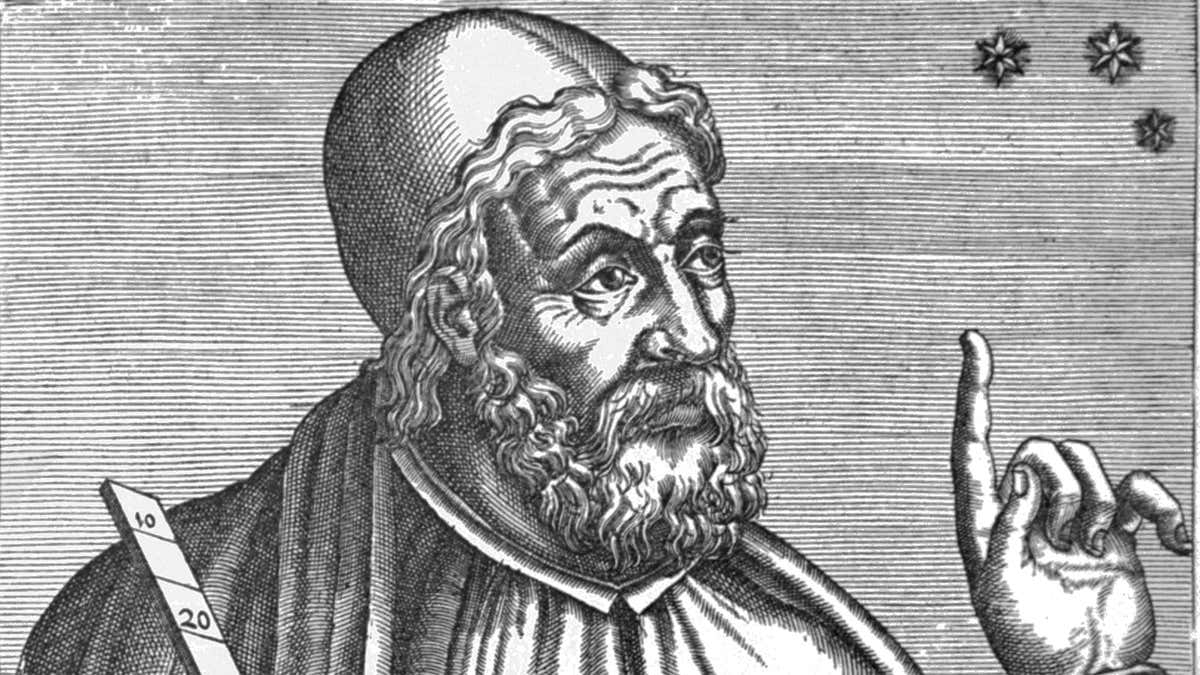


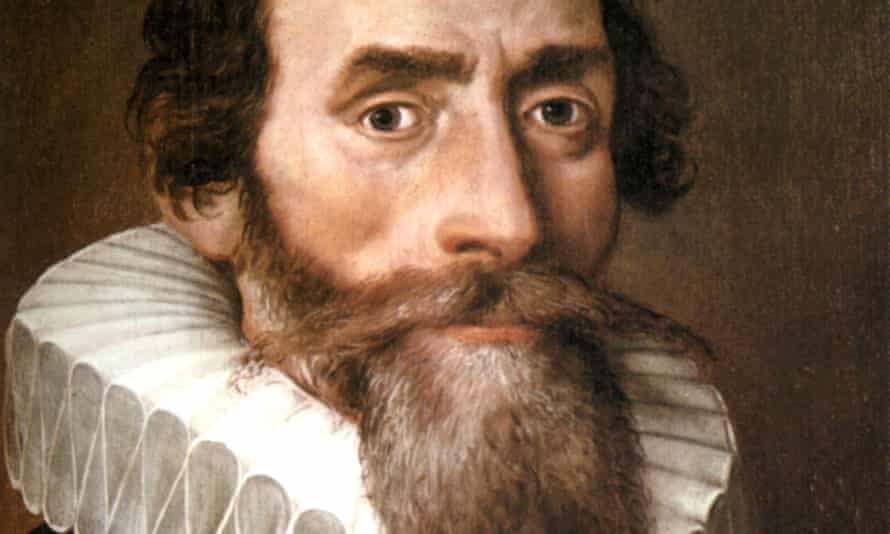
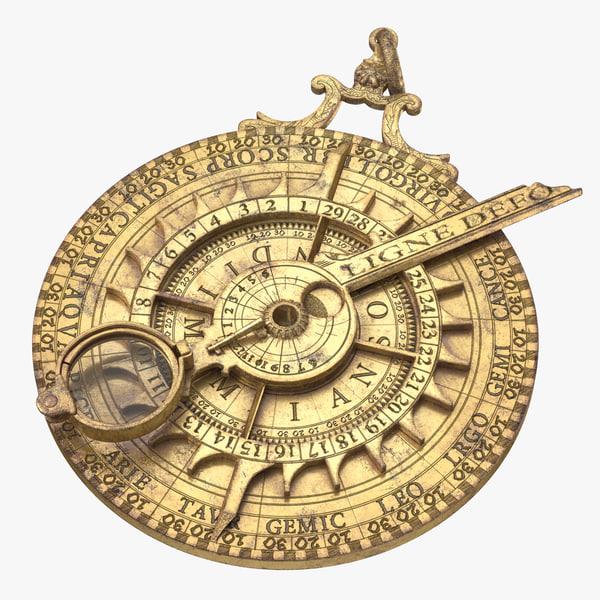
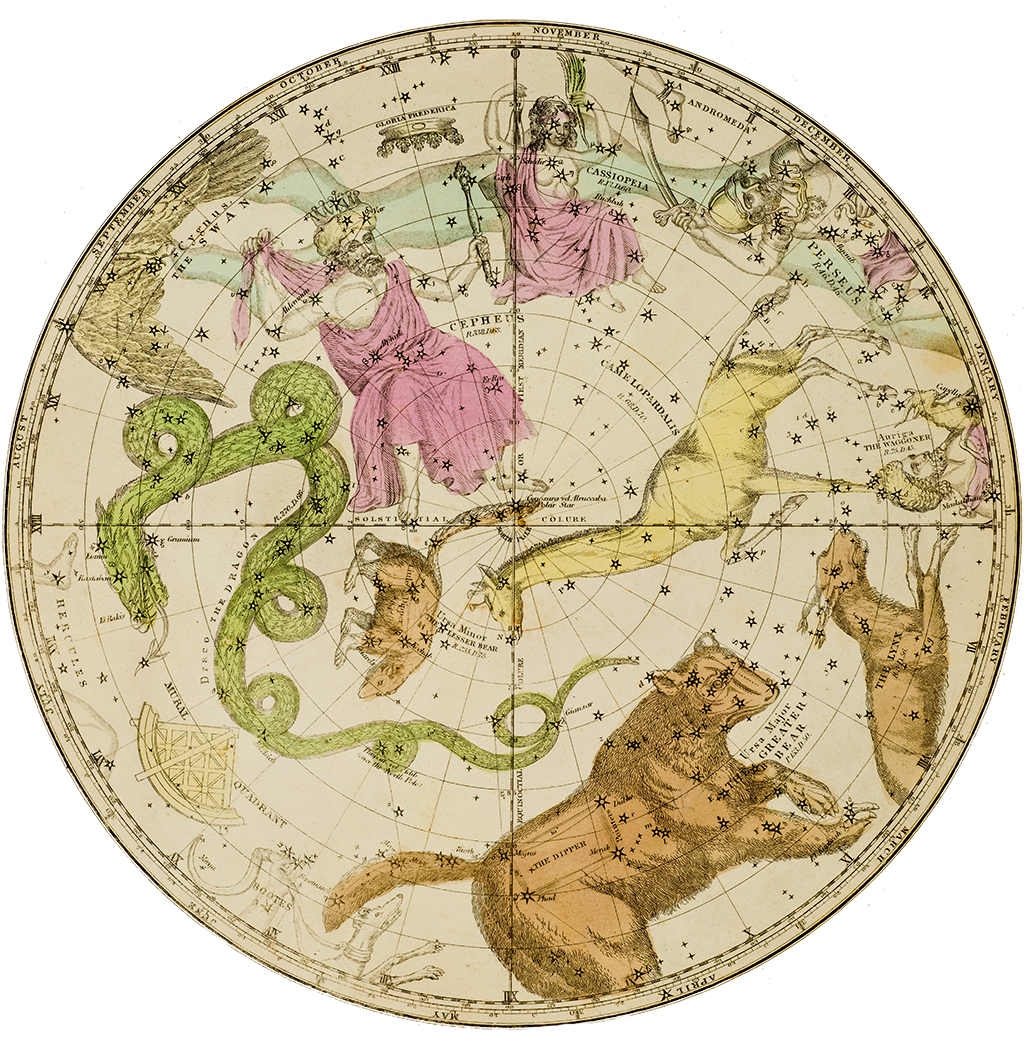


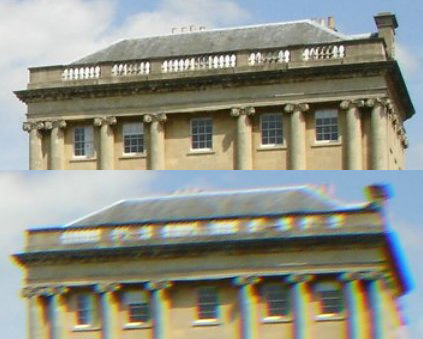

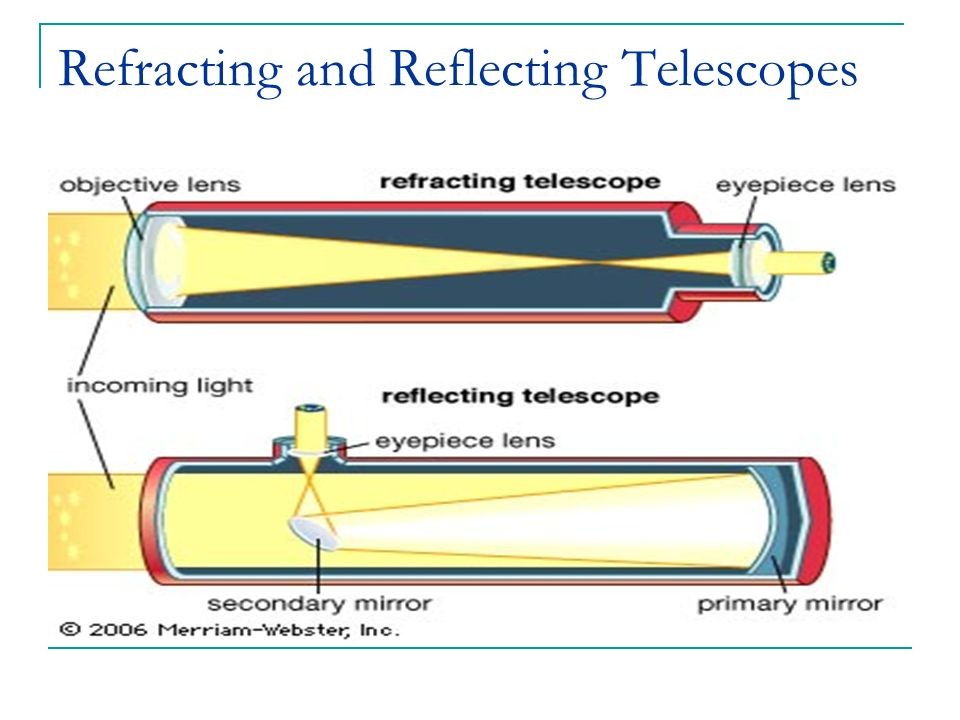
 Up
Up